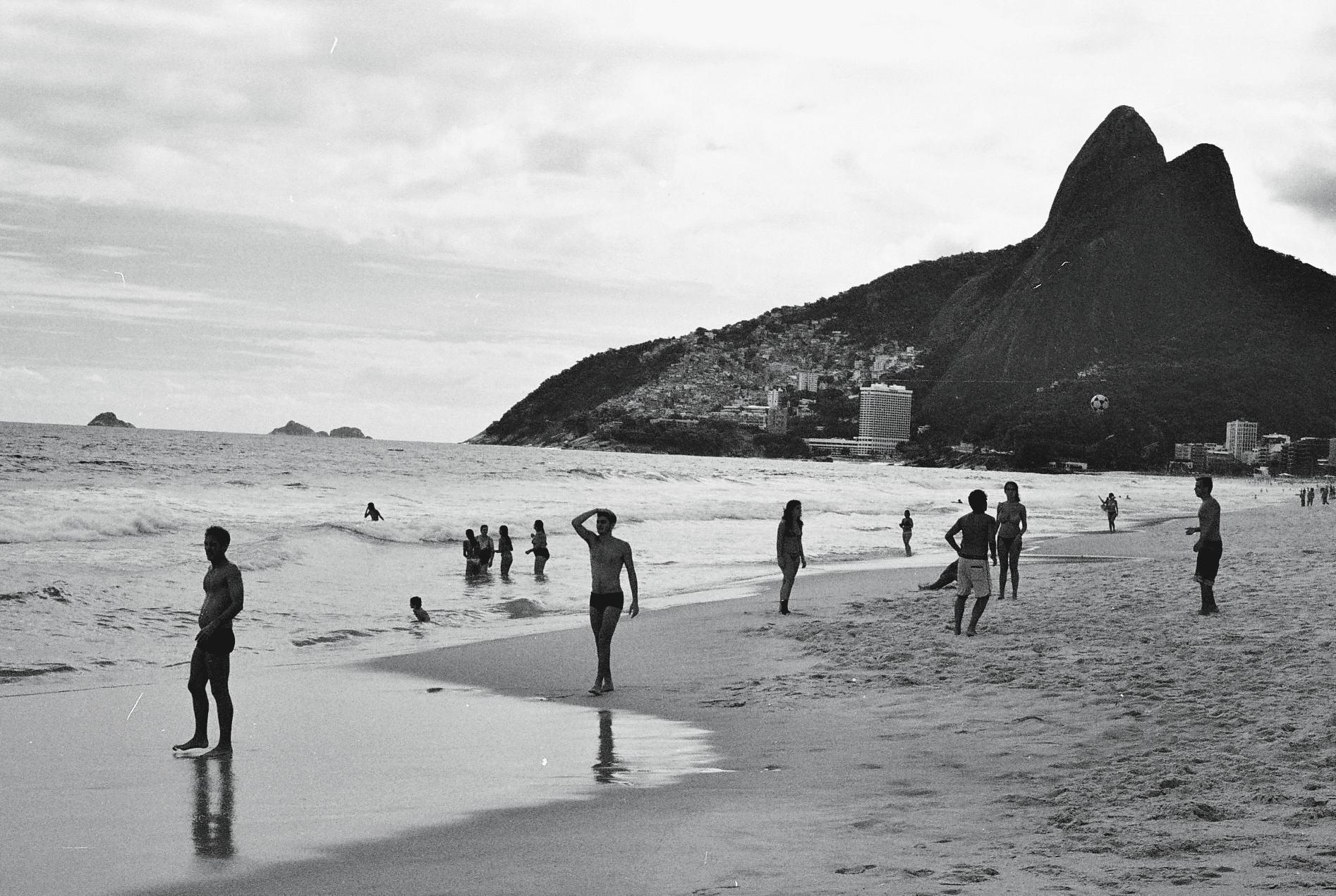The question of how artificial intelligence (AI) will shape the future of the art world has been on many people’s minds recently, with the astonishing capabilities of generative AI tools that are now freely available to use.
The ability of technology to produce a convincing array of artworks, from original abstract paintings to exact replicas of masterpieces calls into question some of the most basic concepts of creativity and even what art actually is.
If an artwork is admired for its beauty and ability to provoke thought or emotion, does it matter whether it has been created by the human imagination and rendered through a human hand and eye, or if it is the product of a computer algorithm?
There is no doubt that AI can be used in positive ways in the world of art. For example, during the Covid lockdowns, many of the world’s most prestigious galleries and museums created virtual reality tours of art exhibitions, which helped to bring art to millions of people who had previously been excluded from visiting galleries for various reasons.
AI can also be used to bring advanced techniques to the conservation and restoration of artworks, helping some of the world’s most valuable and beautiful paintings to be safeguarded for future generations. But what about the question of creation itself?
The artists and photographers Rob and Nick Carter were way ahead of the game in exploring this tricky concept. The husband and wife duo were early pioneers of the use of AI in art.
Back in 2008, they converted a still life painting by a Dutch Old Master into an animated digital film to hold the viewer’s gaze in a world where attention spans are becoming shorter and more fragmented. Since then, the artists have gone on to experiment with CGI and 3D printing in their artworks.
Most recently, they have used the potential of robotics to explore what the future of art might hold. Some artists may swerve away from this question, as it seems to threaten the very principles that they have built their life, hopes, and dreams around, but Rob and Nick have taken the notion and run with it.
This forward style of thinking has led to their latest project, Heidi, involving a six-axis robot that is capable of producing complete paintings from scratch.
Heidi was six years in the making, and is operated by highly sophisticated bespoke software code. She is capable of automatically changing brushes and can self-select different colours. The robot has produced four versions of the famous Van Gogh painting Sunflowers, which are currently exhibited at Carters’ Gallery in London’s Lancaster Gate.
Speaking to Christie’s about the project, Rob said: ‘We read that the likelihood of an artist’s work being fully automated in 20 years was about 4 per cent. Now, that’s low — but it is not zero. It seemed a good idea to see what the future might look like.’
He added: ‘Heidi’s Sunflowers took 49 hours, 3 minutes and 3 seconds to paint, and the stroke count is 9,153.’
In another artwork from 2021, Rob and Nick used the technology to produce 12 versions of the Birth of Venus by the Italian Renaissance artist Botticelli. The two artists have singled out the image of Venus’s tilted head and flowing curls, and used the robot to reproduce it in the style of Andy Warhol’s colourful Pop Art silkscreen prints.
The resulting artwork is 12 Robot Paintings, Birth of Venus, after Botticelli, after Warhol, and it took just over 10 hours to produce, with a stroke count of 1,902.
Nick commented: ‘I think if Warhol were alive today he would definitely be using this kind of technology,’ ‘In the past, the idea of buying a work of art that you had to plug in was seen as odd. Nowadays it is totally accepted.’
Rob and Nick Carter are two artists who are embracing the creative avenues that AI can open up for humans, rather than viewing it as a threat. Their approach can be compared to the cutting edge artists who reacted to the invention of photography by pushing the boundaries of art into new movements such as surrealism and impressionism.
If you have a piece of artwork, AI generated or otherwise, that you would like to display, please drop into our framing shop in London to see how we can help.
